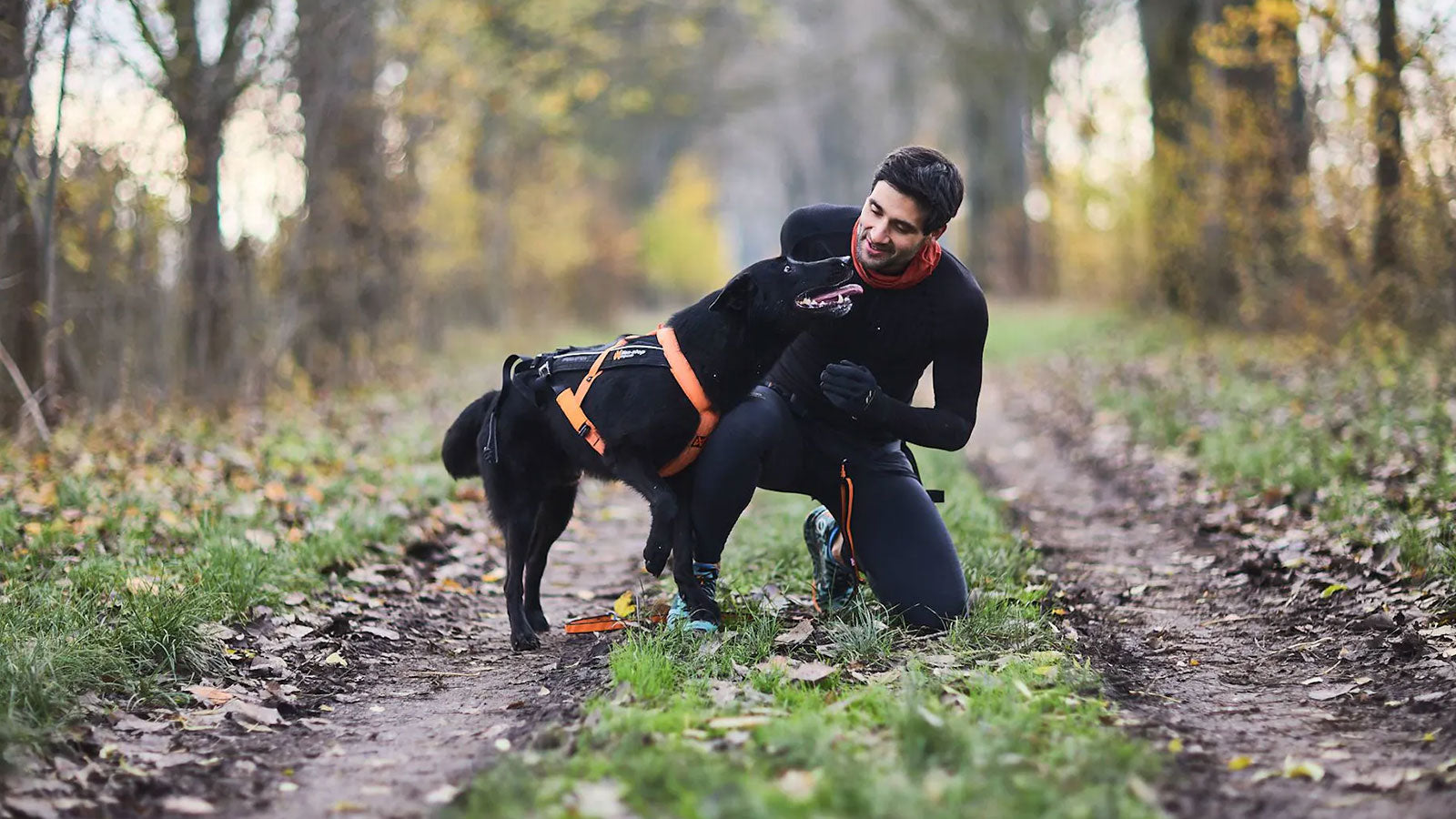Arthritis, osteoarthritis, and degenerative joint disease (DJD) are common inflammatory joint conditions. Symptoms include pain, stiffness, swelling, and reduced range of motion.
Arthritis, a condition marked by inflammation and degeneration of the joints, is a common health issue in pets, particularly as they age. Osteoarthritis, also known as degenerative joint disease (DJD), is one of the most prevalent forms. This condition manifests through various symptoms including pain, stiffness, swelling, and a reduced range of motion, all of which can significantly affect a pet's quality of life. Understanding the causes, symptoms, and potential treatments is essential for managing arthritis and ensuring the well-being of your pet.
Causes of Arthritis in Pets
- Several factors contribute to the development of arthritis in pets, including genetic predisposition, nutritional deficiencies, and physical conditions like size and weight. Larger breeds, for instance, are more prone to arthritis due to the additional strain their size places on their joints. Obesity is another significant risk factor, as the excess weight not only increases the load on the joints but also promotes inflammation through the accumulation of fat cells.
- Trauma, injury, or infection can also lead to arthritis, as can certain autoimmune conditions where the body's immune system mistakenly attacks its own joint tissues. Additionally, excessive or repeated physical activity, especially high-impact exercise, can wear down the joints over time, leading to the onset of arthritis.
- Dietary factors play a critical role as well. Grains, starches, and food additives can cause inflammation and increase intestinal permeability, a condition commonly referred to as "leaky gut." This, in turn, can contribute to systemic inflammation and exacerbate arthritis symptoms.
Symptoms of Arthritis in Pets
Recognizing the symptoms of arthritis in pets is crucial for early intervention and management. Common signs include limping or favoring one leg over another, difficulty in getting up or lying down, reduced interest in physical activities like walking or playing, and visible discomfort when touching or moving certain joints. Pets may also exhibit behavioral changes, such as irritability or a reluctance to be touched.
Over time, these symptoms can lead to muscle atrophy, as the pet may avoid using the affected limbs, causing a loss of muscle mass. In severe cases, arthritis can lead to significant mobility issues, affecting the pet's overall quality of life.
Nutritional Support and Management
Optimal nutrition is vital for supporting joint health and managing arthritis. A well-balanced, species-appropriate diet rich in essential nutrients can help maintain healthy cartilage and reduce inflammation. Key nutrients include essential fatty acids, glucosamine, chondroitin, and sulfur-containing amino acids, which are critical for the maintenance and repair of joint tissues.
- Glucosamine and chondroitin are particularly important as they are naturally occurring compounds that support cartilage health. These nutrients help in the production of glycosaminoglycans, which are essential for maintaining the elasticity and resilience of cartilage. Supplementing your pet's diet with glucosamine and chondroitin can help alleviate pain and promote joint repair, especially in the early stages of arthritis.
- Bone broth is another excellent dietary addition for pets with arthritis. It is rich in collagen, which helps lubricate joints, and proline, an anti-inflammatory amino acid that supports healthy cartilage. Bone broth also contains glycosaminoglycans and chondroitin sulfate, which provide cushioning and protection to the joints.
- Oily fish or fish oil supplements can also be beneficial due to their high content of omega-3 fatty acids. These fatty acids have potent anti-inflammatory properties, which can help reduce joint inflammation and pain. It is generally recommended to opt for animal-based oils over vegetable oils, as they are more appropriate for the carnivorous diets of dogs and cats.
Managing Arthritis with Exercise and Weight Control
In addition to a proper diet, maintaining an ideal body condition is crucial for managing arthritis. Regular, low-impact exercise can help keep your pet's muscles strong, which in turn supports the joints and reduces the strain on them. Swimming, for instance, is an excellent form of exercise for pets with arthritis as it is gentle on the joints while providing a full-body workout.
Weight control is another critical aspect of managing arthritis. Keeping your pet at a healthy weight reduces the load on their joints, helping to prevent further degeneration. For overweight pets, a gradual weight loss plan under the guidance of a veterinarian can help reduce symptoms and improve mobility.
Veterinary Care and Medical Management
While diet and exercise are essential components of managing arthritis, veterinary care is equally important. Regular check-ups with your veterinarian can help monitor the progression of the disease and adjust treatment plans as needed. In some cases, prescription medications, such as non-steroidal anti-inflammatory drugs (NSAIDs), may be necessary to manage pain and inflammation. However, it is crucial to consult with your veterinarian before discontinuing any prescribed medication.
Conclusion
Arthritis is a challenging condition that can significantly impact a pet's quality of life. However, with the right combination of diet, exercise, and veterinary care, it is possible to manage the symptoms and slow the progression of the disease. By understanding the causes and implementing a comprehensive management plan, you can help your pet live a more comfortable and active life despite arthritis.






Share:
Why Gut Health Matters: The Dangers of Leaky Gut and Dysbiosis in Pets
Managing Pet Allergies: Diet and Gut Health